How Do Bouncy Castle Sizes Affect Their Usage?

Bouncy castles come in various sizes, each designed to cater to different needs and preferences. The size of a bouncy castle can significantly influence how it is used, including its suitability for different events, the number of children it can accommodate, and the overall experience. This article explores how the size of a bouncy castle affects its usage and what factors to consider when selecting the right size for your needs.
1. Accommodating the Number of Users
The size of a bouncy castle directly impacts how many children can use it at one time:
- Small Bouncy Castles: Ideal for smaller gatherings or private events, these can typically accommodate fewer children at once. They are suitable for limited spaces and can be used in both indoor and outdoor settings.
- Medium-Sized Bouncy Castles: These offer a balance between capacity and space requirements. They are suitable for medium-sized events and can handle a moderate number of children, providing ample space for play.
- Large Bouncy Castles: Designed for large events or festivals, these can accommodate more children and often include additional features like slides or obstacle courses. They require a larger space and are best used in outdoor settings or large indoor areas.
2. Space and Venue Considerations
The available space at your venue is a crucial factor in choosing the size of the bouncy castle:
- Indoor Spaces: In indoor environments, the size of the bouncy castle must be chosen carefully to fit within the room's dimensions and avoid obstructing other areas. Ceiling height is also an important consideration for larger models.
- Outdoor Spaces: For outdoor events, larger bouncy castles can be accommodated more easily. However, ensure that the setup area is flat and free of hazards, and that there is enough clearance around the castle for safe play.
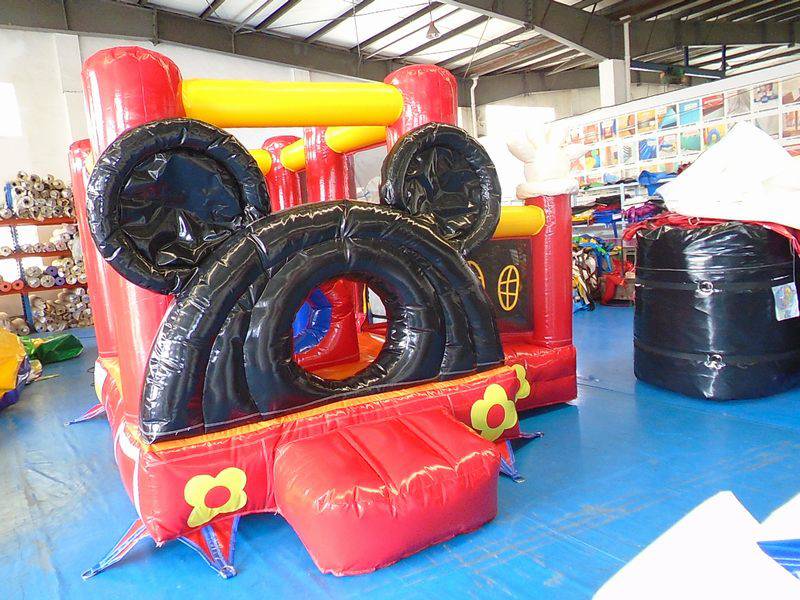
3. Impact on Play Experience
The size of the bouncy castle affects the play experience in several ways:
- Play Area: Larger bouncy castles provide more space for bouncing, jumping, and playing, which can enhance the overall fun and engagement for children. They often come with added features such as slides and obstacles that can make playtime more exciting.
- Safety: The size of the bouncy castle can influence safety. Larger castles typically have more room for movement, reducing the risk of collisions. However, they also require more careful supervision to ensure that children play safely and do not overcrowd the space.
4. Setup and Logistics
Different sizes of bouncy castles also affect setup and logistics:
- Transportation: Larger bouncy castles may require special transportation arrangements and more space for setup. Ensure that you have the necessary resources and space to transport and install the castle at the event location.
- Inflation and Deflation: Bigger castles may take longer to inflate and deflate. Plan accordingly to allow enough time for setup and takedown, especially if you are on a tight schedule.
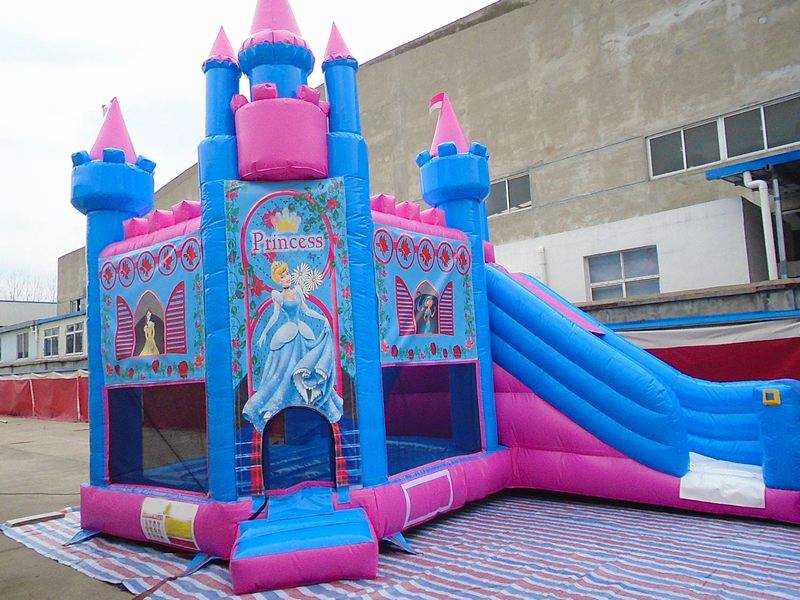
5. Cost Considerations
The size of the bouncy castle can also impact the cost:
- Rental Costs: Larger bouncy castles generally cost more to rent due to their size and additional features. Consider your budget and the scale of your event when selecting the size.
- Maintenance and Storage: Larger bouncy castles may require more maintenance and storage space. Factor these costs into your budget when planning for a large-scale event.
6. Conclusion
The size of a bouncy castle plays a significant role in determining its usage, from accommodating the number of users to impacting the play experience and logistics. By carefully considering the size of the bouncy castle in relation to your event's needs and space constraints, you can ensure that you choose the right option for a fun and successful event.

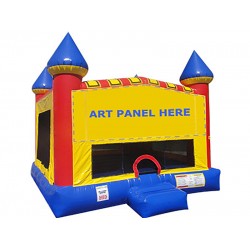
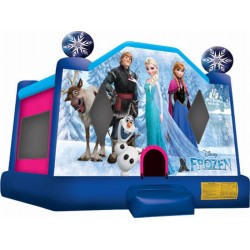
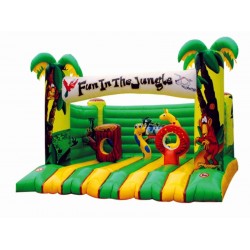
Leave a Comment